The English country road curves at Shaw’s corner, a location that warrants no more than a small dot on the map of rural Hertfordshire.
And, the house that stands there – among well-maintained gardens – gives no indication that it’s considered a British treasure.
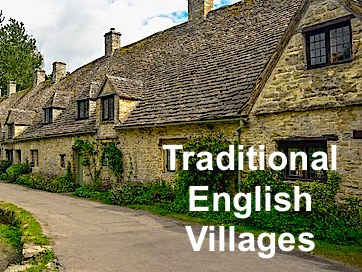
This house was one of the reasons why we found our way off the motorways to the English village of Ayot St Lawrence, a tiny community in picturesque surroundings well away from the tourist trail.
The story of Shaw’s Corner had caught our attention, as part of our series of reviews on traditional villages.
Built as a Church of England rectory in 1902, this house was designed in the Arts and Crafts style, with stained glass windows and hearts cut into the banisters.
But, today, it resembles a time capsule – with some particularly intriguing aspects.
Take, for example, the replica Nobel Prize in Literature and Academy Award that stand side-by-side on the mantlepiece, alongside photographs of Vladimir Lenin and Joseph Stalin.
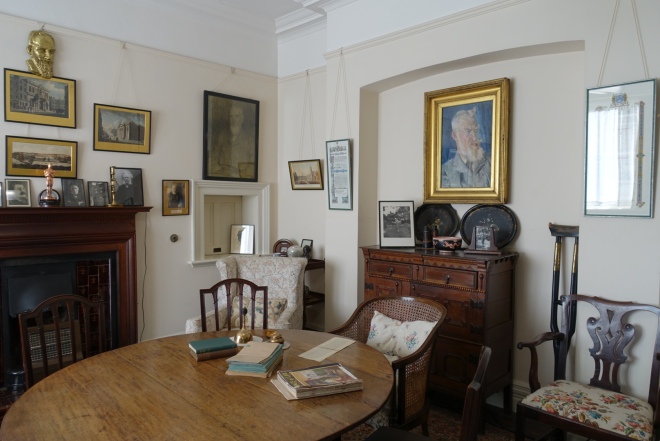
Or the small garden shed that was once able to rotate in time with the English sunlight.
These are the relics of remarkable people: artefacts of fascinating lives.
The man at Shaw’s Corner
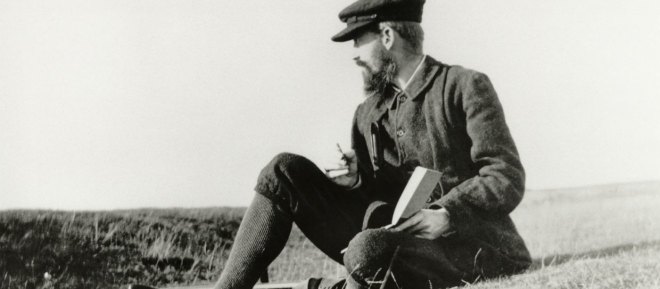
The man at Shaw’s Corner was influential Irish playwright, novelist and political activist, George Bernard Shaw, regularly rated as second only to Sharkespeare among British dramatists.
He wrote about 60 plays, over 250,000 letters, many novels and untold numbers of articles and pamphlets – many of them penned during more than 40 years at Shaw’s Corner.
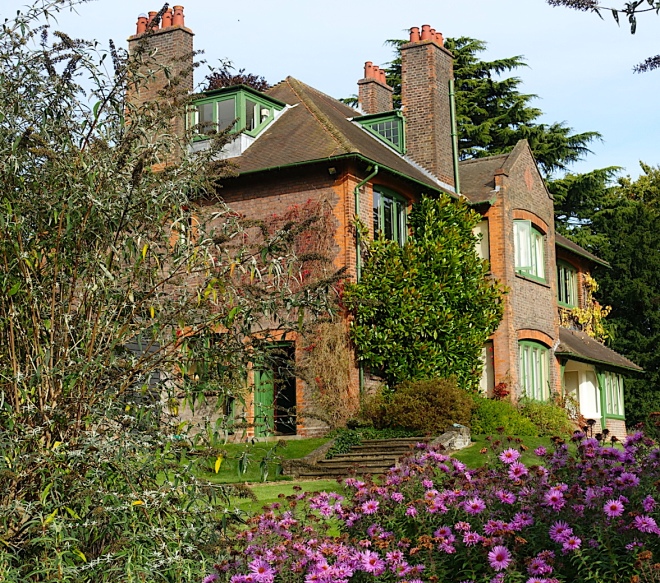
Along with his Anglo-Irish wife, Charlotte, he started renting the Ayot St Lawrence house in 1906.
They bought Shaw’s Corner in 1920 and lived there until it was handed to the National Trust after Charlotte’s death in 1944.
Shaw died in the dining room of the house on November 2 in 1950.
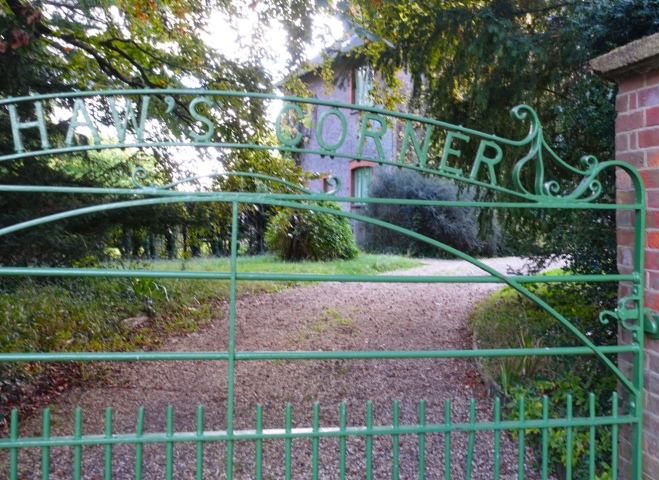
My Fair Lady
During his prolific career, Shaw produced major works such as ‘Man and Superman’, ‘Pygmalion’ (he later wrote the screenplay when it was made into the movie, My Fair Lady), and ‘Saint Joan’.
Ranging from history to contemporary satire, Shaw became the leading dramatist of his generation – and in 1925 was awarded the Nobel Prize in Literature. As of now, Shaw and legendary musician, Bob Dylan, are the only people to have won both a Nobel Prize and an Academy Award.
But, entering the stately brick home is definitely unnerving.
Just popped out
Shaw’s well-polished boots sit by the hearth and his manual typewriter stands at the ready, as if the owner is expected back at any minute.
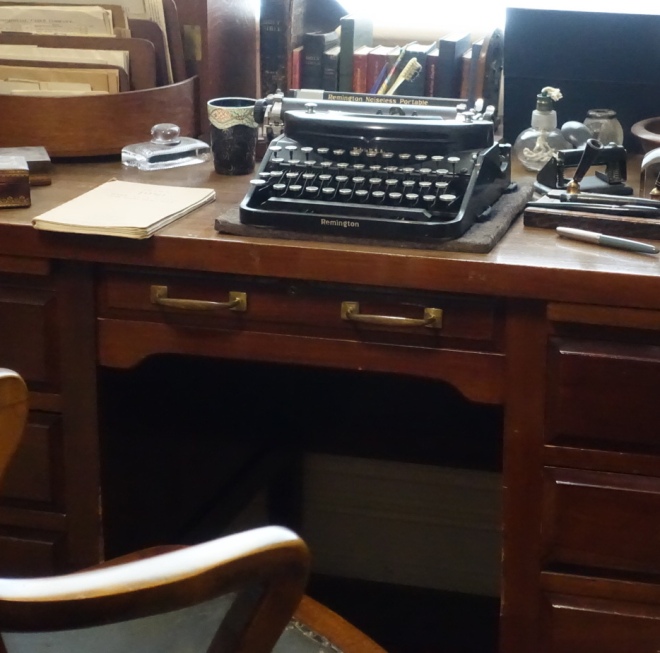
And Shaw’s fingerprints are everywhere, from photographs by close friend, TE Lawrence of Arabia, to the William Morris fabrics and a striking bust of Shaw sculpted by another colleague, Auguste Rodin.
During our visit, the National Trust was staging an exhibition to mark the centenary of Rodin’s death.
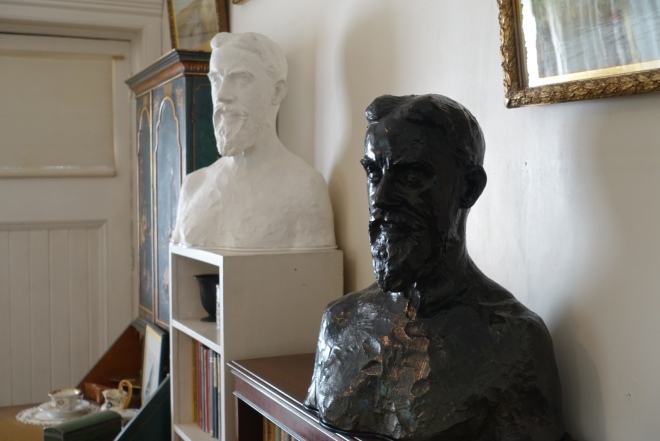
For the first time Rodin’s bust of Shaw was displayed shown alongside the rarely seen plaster original, created in Rodin’s studio in 1906.
The display featured striking images documenting Shaw’s creative relationship with Rodin.
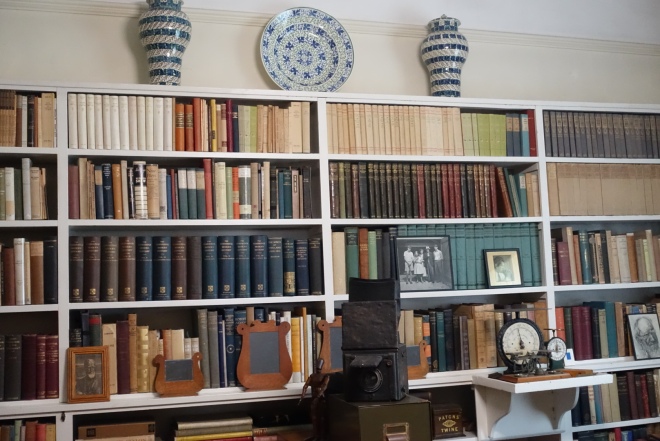
Elsewhere in Shaw’s Corner, the library contains a rich and varied collection that ranges from the Bible to H.G.Wells, socialism and Eastern religions.
There are some 4,000 books.
Shaw’s presence extends to the colourful and ivy-entangled gardens which, fittingly, are often the scene of open-air productions.
Rotating while writing
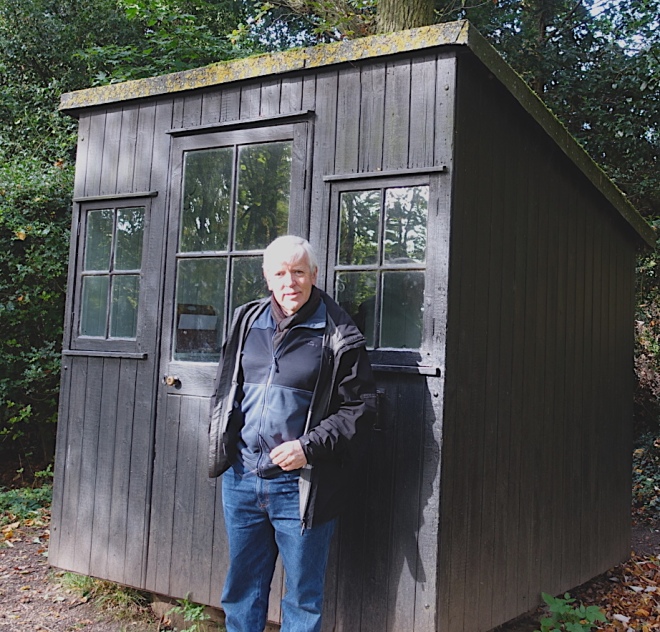
His writing hut stands in a bottom end of Shaw’s Corner, equipped with bed, typewriter and rotating mechanism for turning to catch the sunlight.
Although humble in its interior facilities, Shaw’s Corner is one of the many imposing houses that line the roads and laneways of beautiful and historic Ayot St Lawrence.
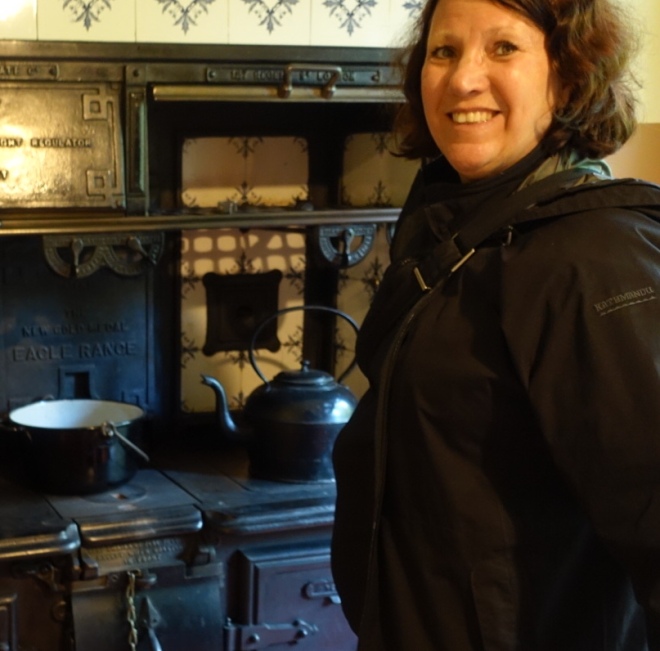
See our separate report on stunning Ayot St Lawrence.
According to local knowledge, Shaw was hardly impressed by the isolated rural atmosphere on arrival, but later embraced the area.
This would seem to be supported by this later verse:
“No dwelling place can rival Ayot
So there I labor at my job
And boil the kettle on the hob
Seemingly I have the best of reasons
For staying there through all the seasons”.
Shaw’s Corner can be found at Ayot St Lawrence, near Welwyn, Hertfordshire, UK. Unfortunately, there is no public transport to Ayot St Lawrence.
The nearest bus stops are in Wheathampstead and Blackmore End, both of which are at least two miles away.
Nearest big centres
By road, the closest bigger centres are Welwyn Garden City, which is about 15 minutes away and St Albans which is about 20-25 minutes away.
The nearest railway stations at Welwyn North four-and-a-half miles; Welwyn Garden City six miles; and Harpenden, which is about five miles.
For detailed directions, see the National Trust website.
We used a local courier called Point to Point Car Services, from nearby Codicote.
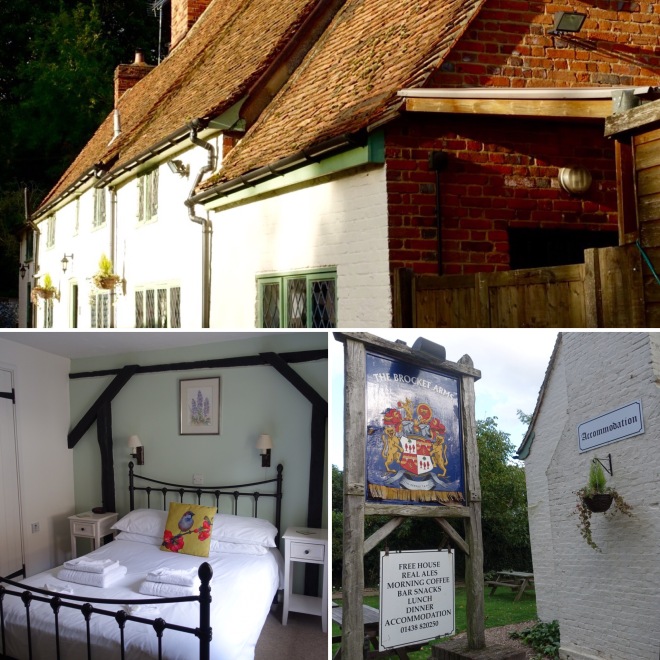
And we stayed for a few delightful days at the historic Brocket Arms inn at Ayot St Lawrence.
See the review of The Brocket Arms on this site.
Note; The writer flew to Europe courtesy of Scoot Airlines.










